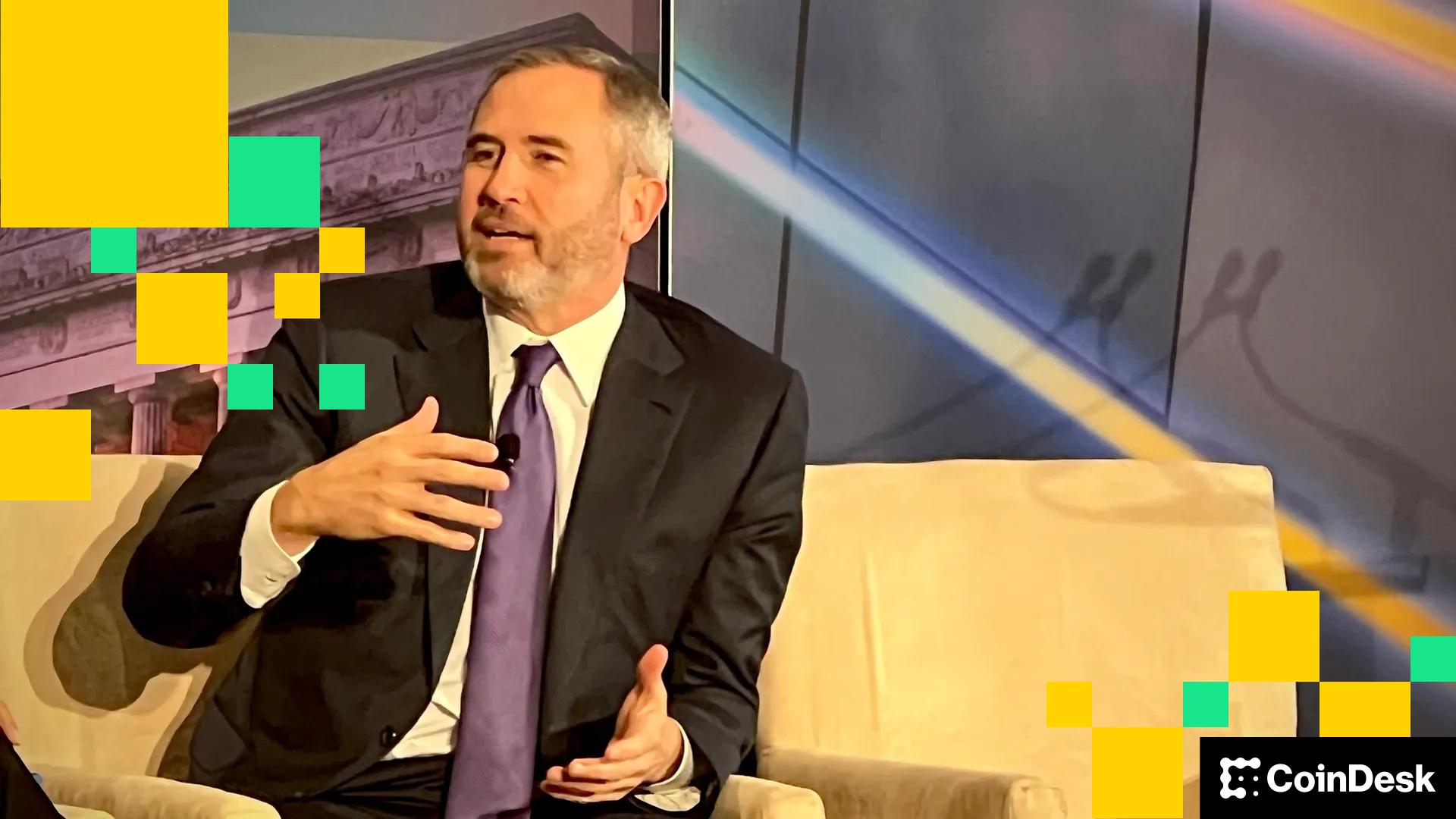Copyright Forbes

Having just returned from Las Vegas, where stablecoin strategies for financial institutions was a key topic, I found myself discussing stablecoin strategy with a financial services organisation here in the UK. One of the management team asked about strategy. More specifically, they asked if I could point to an organisation that has a good strategy towards stablecoins. This made me wonder which organisations I should look at for strategic vision and to wonder which organisations really understand strategy. One obvious candidate is the Central Committee of the Chinese Communist Party (CCP). Stablecoin Strategy Starting Point The CCP Central Committee is often seen as a prominent example of long-term strategists because of its structured planning, adaptability to changing environments, cohesive political strategies and consistent leadership. The “plenary sessions” of the Central Committee play a crucial role in determining the country’s policy direction. The Fourth Plenary Session of the 20th Central Committee (which has just happened, it was in October) reviewed and adopted recommendations for China’s 15th Five-Year Plan. So, did they have anything to say about stablecoins? Well, yes. In a push for digital finance that was a focus at a parallel session of the 2025 Tongzhou Global Development Forum, Zhu Xiaoneng, Party secretary of the School of Finance at Shanghai University of Finance and Economics, said that China’s capital markets are entering a new stage and commented further that "Just as mobile payment has transformed people's lifestyles, digital assets and stablecoins will redefine the logic of capital market operations”. Interesting. Note that point about digital assets, because he also said that the idea that "everything can be tokenized" is becoming a reality and that The tokenization of assets marks the starting point of digital investment, while stablecoins are the key to unlocking this new ecosystem… They inject vitality and liquidity into the digital financial world, serving as a bridge between innovation and trust. Now that’s what I call strategy. Stablecoins are not the end point, they are a key to open up a new ecosystem. But what does the ecosystem look like? What would it mean to use digital assets to redefine the logic of capital market operations? I am fond of referring people back to Edward de Bono’s 1994 pamphlet on ‘The IBM Dollar” to see what this might mean: digital assets, traded 24/7 in global liquid markets, with exchanges of baskets of digital assets replacing money as the means of payments. If you think that sounds a little far-fetched, let me remind you what the then-Deputy Governor of Bank of England Mervyn King told an audience of central bankers back in 1999. He suggested that electronic transactions in real time hold out the possibility that one day it will be possible for final settlements to be carried out by the private sector without the need for clearing through the central bank(my emphasis) because there is no conceptual reason to prevent two individuals settling a transaction by a transfer of wealth from one electronic account to another in real time. Crucially, he also said that the assets themselves "could be any financial assets for which market-clearing prices were available in real time". MORE FOR YOU Similarly, a few years ago, Matt Harris at Bain Capital Ventures set out a similar vision of the future saying that "our assets will be 100% invested at all times” with transactions settled through the transfer of baskets of assets (using the networks being put in place by Stripe, Google, PayPal and others for stablecoins) without no need to liquidate any assets into cash (or, indeed, stablecoins or tokenized deposits). The implications of this redefining of capital markets are indeed significant and I do wonder if this is what Zhu Xiaoneng is alluding to do because, as Mervyn King further noted all those years ago, in such a digital asset ecosystem, central banks would no longer exist in their present form and nor would money. Indeed, as he rather memorably wrote, “The successors to Bill Gates would have put the successors to Alan Greenspan out of business”. Long-Term Stablecoin Strategy It’s a cheap shot to complain about poor strategic thinking in financial institutions, not only about stablecoins but about things in general, because they face practical barriers to better strategic thinking, none of which will a surprise to you: They have bureaucratic decision-making processes that hinder adaptability in dynamic market conditions. Pressure from shareholders can sometimes lead banks to prioritise short-term gains over long-term strategic planning, impacting sustainable growth. While big banks in particular are shifting to adopt fintech solutions rather than try to develop their own, legacy structures can make it difficult to innovate rapidly compared to smaller, agile startups in the financial sector. All three of these factors impact thinking about stablecoins in my view, which is again why I am curious about the perspective of Chinese institutions. The People’s Bank of China (PBoC) has labeled stablecoins as a threat to financial stability and the country has maintained a zero-tolerance policy towards private digital currencies since 2017. The former governor of the PBoC Zhou Xiaochuan recently reiterated concerns about the use of stablecoins for “fraud and instability” and also expressed some scepticism about the ability of stablecoins to impact payments, noting that in the Chinese case “there is little room to cut costs in the current system, particularly in retail payments”. However, despite that negative view on private stablecoins, there is growing interest in yuan-backed stablecoins, particularly for international use. This is seen as a strategic move to facilitate cross-border payments and enhance the international role of the renminbi (RMB). The PBoC has been promoting the state-backed digital currency, the digital yuan, for some time but as I think it becoming more clear as the ecosystem evolves, there is a significant difference between a public stablecoin issued by a central bank, commercial banks or other private companies and a central bank digital currency. A CBDC has different goals and therefore different requirements. If it is indeed the case the CCP can show us something about stablecoin strategy, then I am tempted to summarise their long-term view as being that stablecoins have a limited role but digital assets will form the basis of new kinds of financial markets. I have to say I rather agree with this view, despite not being a communist (in fact I was once a member of the Federation of Conservative Students).



